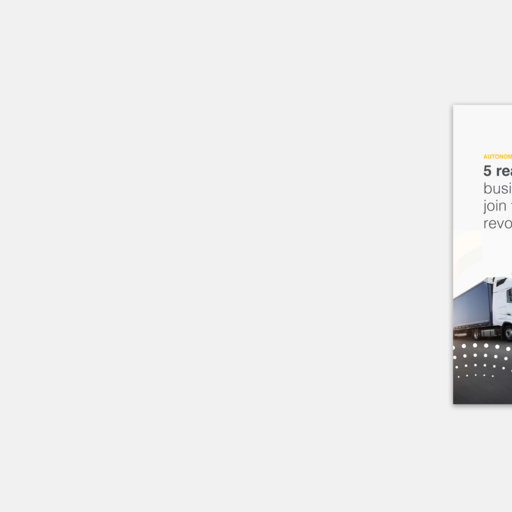What is freight tendering in the spot market?
Procuring the best truckload spot rates involves freight tendering, a process in which shippers ask carriers to provide a quote for transporting shipments from Point A to Point B. Most shippers today are using either one of two methodologies:
Broadcast tendering puts a load out to bid to all carriers at the same time with no price differentiation. The first one to reply wins. It’s a race where time is the only consideration. With broadcast tendering, there is no optimization of price.
Waterfall tendering, on the other hand, focuses solely on price at the expense of time. In this method of securing truckload spot rates, shippers approach carriers sequentially one by one. If they don’t get the right price, they move on to the next carrier. Sequential tendering gives up significant time value, and shippers are never going to offer a higher price until they’ve gone through all the carriers in their sequence. Consider the enormity of that: if a shipper has 100 carriers in a sequence, and allowed each of them 30 minutes to quote, that’s 50 hours of tendering.
In either case, the mechanism is the same. Carriers receive an invitation to tender, which includes shipment and transport data. They will analyse those details and prepare a bid (price) based on the shipper’s requirements. Shippers then review the quotes and select the carrier that has offered the best terms under the required conditions. From the planner’s perspective, however, it’s not always about getting the best truckload spot rate price, and in some cases, they lean toward favored carriers, regardless of if there is a cheaper option.
With either approach, shippers must choose to optimize for cost or time at the expense of the other. Shortcuts or biases on the part of the planners can further hinder the shipper’s ability to optimize for their goals.








